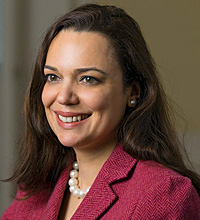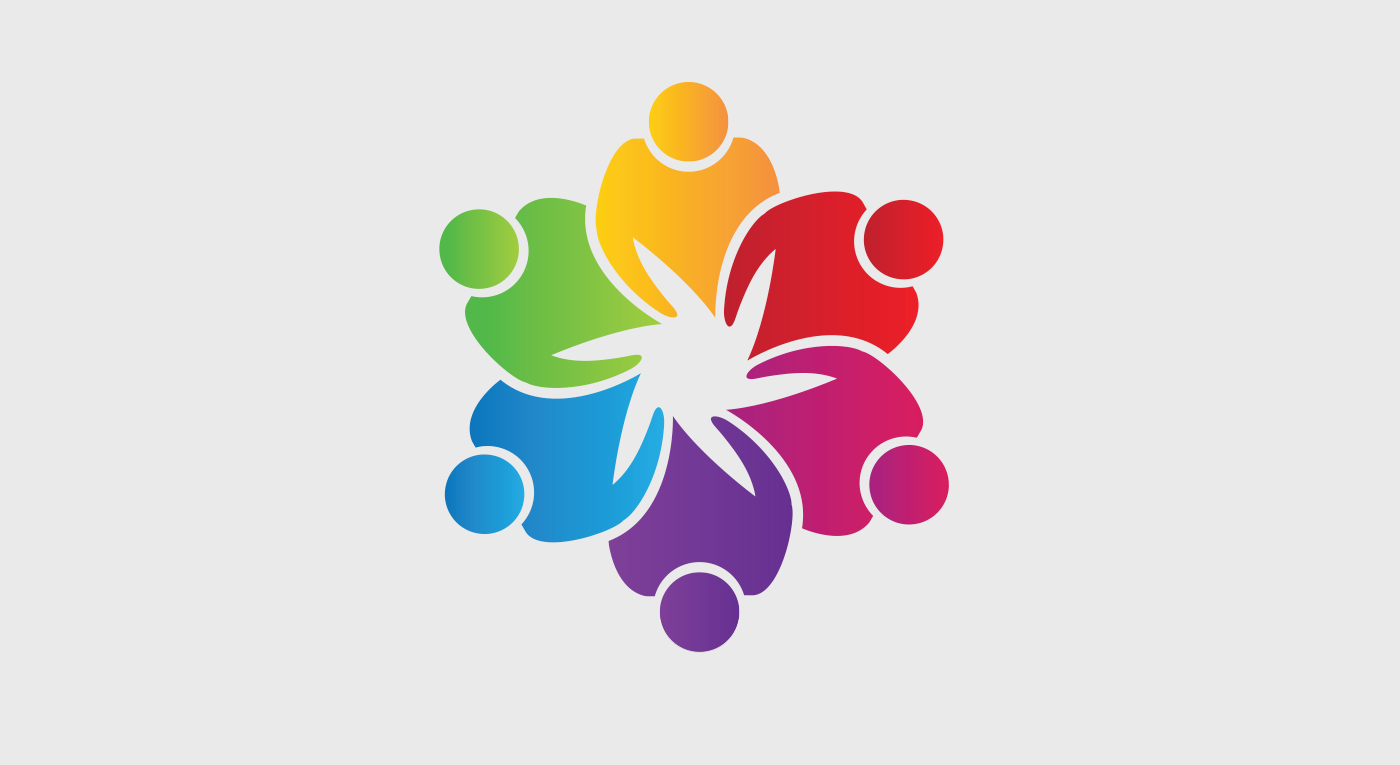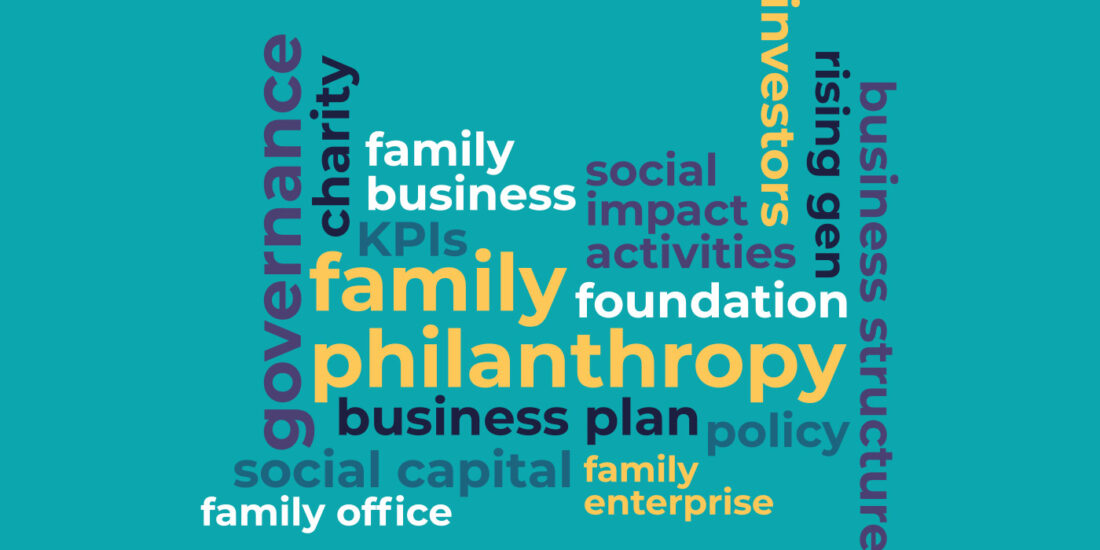A joy …
In many countries where we work with family enterprises, there is a long history of family philanthropy and its legacy is significant. Giving as a family can be especially rewarding. When done well, it can bring the family closer together by articulating shared values, instilling an even greater sense of pride and belonging and providing another opportunity for the family to do something enjoyable together.
The family foundation model provides a more formal structure for grantmaking, often adopted by families whose philanthropy is significant in scale and longevity. A business family may choose to conduct its philanthropy through a corporate philanthropy programme, which in some cases may reflect not only the interests of the family but also other stakeholders such as staff. Some families establish endowments for their family foundation; others a family fund, such as a donor-advised fund within a specialist intermediary like a community foundation. And in some cases families adopt more than one model.
As Edwin Lee, board member, Simon KY Lee Foundation said in an interview following his family’s winning the philanthropy category of the Coutts Prize for Family Business in Hong Kong, “The entire family is proud of what we have achieved in our philanthropy, because it is a product of our collective efforts and an exemplification of the values that bind us together as a family. Our Board meetings are fun because we are engaged both intellectually and emotionally. “[i]
Developed either formally or informally, exploring shared passions and working together on a highly rewarding project inevitably brings the family together.
But not a panacea ….
Yet it is not a panacea to cure or mitigate areas of conflict that may already exist within a family enterprise. In our practice we have encountered instances where the family foundation has become a battleground where sibling rivalries, inter-branch conflict and differences in communication styles are played out. It is in meetings of the family foundation that deep-seated differences among family members that may have been avoided in other forums, such as on the meaning and purpose of their wealth, attitudes to religion and politics and other strong beliefs, can surface and cause tensions. If not addressed, these differences can result in, at best apathy from the family on their philanthropy and at worst downright resentment, where the foundation is viewed as divisive.
Common areas of conflict that affect family foundations include:
- Conflict between generations typically occurs around the strategy where the younger generation may be interested in newer ways and forms of philanthropy including impact investing whereas the older generation may prefer a more traditional approach.
- Conflict between family staff and the family board where the board questions and challenges the family staff in ways that may not be well-delivered or well-received. Family staff, particularly if they are volunteers, may feel resentful that their actions are not being valued enough.
- Conflict among family board members where particular board members may have other issues with each other which are played out in foundation board meetings.[ii]
Family philanthropy – making it work
The initial stages are key to ensuring that family philanthropy is effective and rewarding.
Steps to take might include; articulating reasons for working together, establishing expectations and clarifying how decisions will be made and who will make them.
As giving together should be an enjoyable and shared experience, it is also very important to establish the family’s shared values, passions and interests. The overall goals of the family’s philanthropy should reflect these, and they should form the basis on which the philanthropy strategy is developed.
To avoid possible conflict later, another very important process to establish early on is how inevitable differences in opinion might be handled. Conflicts can be resolved more effectively when a clear resolution process is in place. This process is better structured before differences in opinion begin to show.
Conclusion — points to consider
- It’s good to talk about philanthropy as a family to get a sense of what people think the family stands for, what its core values are and who is interested in getting involved. Ask the family how they feel about money and the idea of philanthropy. Explore people’s views on different subjects, such as poverty and the environment.
- While seeking a core focus to a family’s philanthropy, it’s worth considering allocating a discretionary fund to each family member so they can support organisations that reflect personal interests that may not be shared by others.
- Decisions will need to be made on what age children are formally included, and on what basis spouses/partners/siblings/friends are involved. Clarify roles and responsibilities in writing to avoid the possibility of misunderstandings. Some family members may be better at reviewing the investment management strategy than the grant-making strategy given their respective skills or interests. It may also be useful to involve an independent ‘professional’ trustee or hire professional staff.
- Consider what sort of giving vehicle is appropriate. In the case of a family trust or foundation, you will want to address questions such as how long it will go on for, how many trustees you want, how often they should rotate and whether premises and/or professional staff are needed
- For large charitable trusts or foundations, it is worth considering organising a family retreat and inviting a professional adviser as a facilitator to help the family establish a direction for their family philanthropy. This kind of retreat is also very helpful when the family foundation is undergoing a generational transition providing a natural point to renew the strategy.
[i] Sun Hing: Keeping the family together through philanthropy, Coutts Prize for Family Business, Hong Kong, in association with HKUST Business School
[ii] Inspired by Managing Conflicts and Family Dynamics In Your Family’s Philanthropy
About the contributor:
 Maya Prabhu is the managing director of the Coutts Institute. Maya can be reached at maya.prabhu@coutts.com.
Maya Prabhu is the managing director of the Coutts Institute. Maya can be reached at maya.prabhu@coutts.com.





